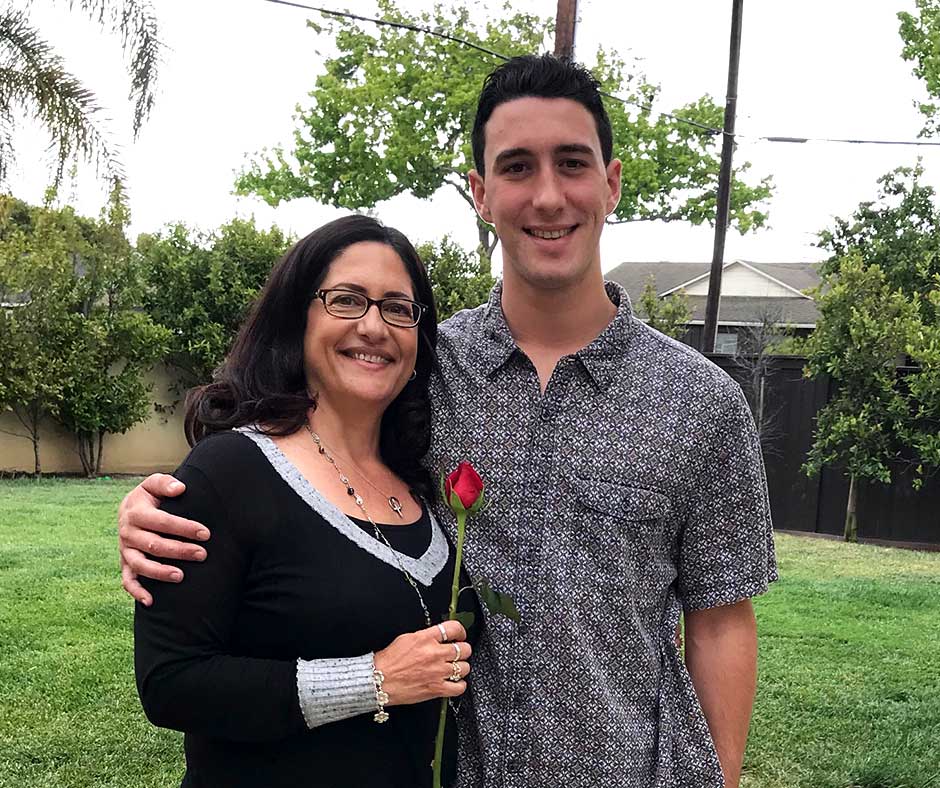Drug abuse education programs such as D.A.R.E. (Drug Abuse Resistance Education) are prolific especially in most public schools. But how many teens are actually listening to the warnings? Is their approach practical?
What is the goal of drug education programs?
Drug education programs are just that, education. The idea behind teaching teens and young people about the dangers of drugs and alcohol at a young age serves as a type of deterrent from engaging in bad choices and risky behavior. Different programs have different approaches, but more often than not they will explain drugs in detail including what they look like, how they are used and their effects. And more importantly, the types of results one can expect by using drugs and alcohol. Losing trust in family and friends, physical dependency and lose of goals and priorities are just some of the things one can be sure to lose when engaging in addictive behavior with illicit drugs.
Education is Prevention
At its heart, drug education is prevention. There is nothing parents and loved ones can absolutely do to make sure their child makes the right decision every time. Making mistakes is a part of life. But drug education can provide a basis for decision-making when situations such as drug use and illicit behavior lay at the feet of teens and young people.
In light of this, programs such as D.A.R.E. take a broad approach to drug education; also covering subjects such as bullying, anti-social behavior and different types of pressure that are associated with teens prone to use drugs. Courses often provide teens with not only drug knowledge, but an opportunity to explore attitudes, how to make informed decisions and how to develop safe and healthy lifestyles.
Studies of Drug Education Effectiveness
The California Department of Education has released reports clearly stating that none of California’s drug education programs worked. Joel Brown, Ph. D. stated the following:
“California’s drug education programs, D.A.R.E. being the largest of them, simply don’t work. More than 40 percent of the students told researchers they were ‘not at all’ influenced by drug educators or programs. Nearly 70 percent reported neutral to negative feelings about those delivering the antidrug message. While only 10 percent of elementary students responded to drug education negatively or indifferently, this figure grew to 33 percent of middle school students and topped 90 percent at the high school level.”
In some research cases, professionals even proffered the idea that drug education programs are actually harmful in the fact that they expose impressionable young people to drugs and in fact nurtured the idea of exploring them for themselves.
Are teens actually listening to the message?
For myself, I was not exposed to drug education until well after I had already smoked my first joint. A spokesperson came to my school and spoke of his experience with starting out smoking weed in high school, just as I had, and how it had led to harder and harder drugs. At the time I remember thinking to myself, “That will never be me.” I couldn’t have been more wrong.
In my experience as an alcoholic, I had to learn the hard way. I had to prove over and over to myself that drugs were not a solution before I finally made the decision to get sober. The message provided to me by that spokesperson in high school only made sense to me years down the line, after I had already walked through the incomprehensible demoralization for myself. In retrospect, if I had taken the message a little more to heart I may have been less inclined to make some of my decisions, but I simply was not willing at that age.
Last Updated on September 10, 2024

